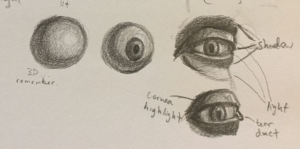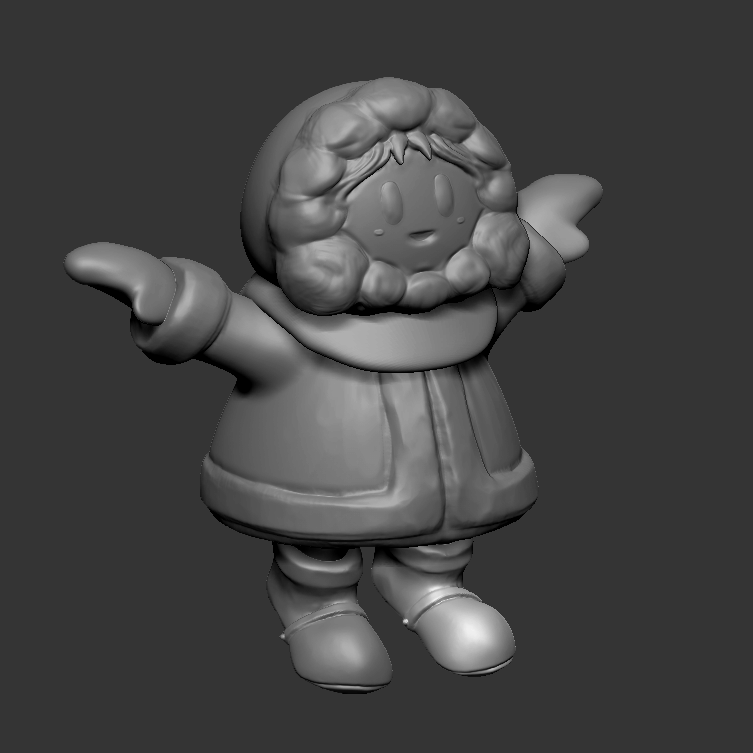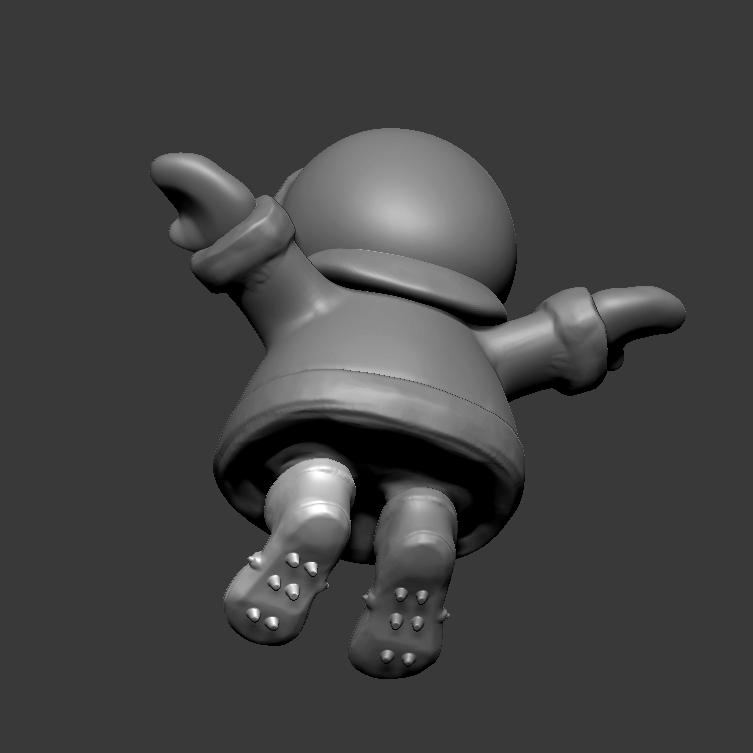Possibly been playing too much AC syndicate…?
Starting to do some colour studies. I was doing backgrounds for our Regency Love game and I felt like the bit I had most trouble with was working out a good colour pallet. The colours either were a bit too saturated or they started to look muddy when I mixed them too much. Then often I couldn’t get the mood right, like it was too blue/green when it was supposed to have a warm feel.
Hence, thumbnail studies, concentrating on getting the general colour and atmosphere right. Found it quite challenging but useful!
Side note: I got this very nice replica skull off ebay. For a plastic skull it’s got a great level of detail and I’ve learnt a lot from being able to refer to it while sketching an actual face. Also being able to hold it and feel all the changing planes from a tactile point of view helps everything sink in.
Mapping:

I’ve been working through some online portrait drawing classes by Gary Faigin on Craftsy. They are really fantastic. Gary Faigin is a very systematic teacher and I highly recommend the classes for anyone looking for a logical approach to portraits. It’s not about creating the closest copy possible. It has more to do with what we notice as humans when we look at a face. The first course in the series is free, a great intro and quite fun to do.
I’ve been taking notes, just to jot down some of the things I found most useful. Will fill this in eventually. The notes are in scribble form at the moment and I’d like to convert them to something I can still understand months later.
There is also a book: The Artist’s Complete Guide to Facial Expression that I hear is a staple reference for digital artists.
So following the previous post on composition, I’ve been trying an exercise designed to help you learn more about composition (although after trying it I think I picked up a lot more than just composition). The exercise involves you grabbing a master work that you want to learn from and painting a copy of it. The copy should be small and in black & white to reduce distractions allowing you to concentrate on observing the light values.
It’s amazing how much you can pick up when you’re working hard to replicate an effect as opposed to just admiring it. Also, because you’re replicating, you’re not nearly as distracted by your creative vision as you would be when doing an original work.
Still got a long way to go but I’m already feeling the results in the way I approach things.
Personal notes after reflecting on lectures from conceptart.org (May add to this later):
Composition is all about creating focus.
Create focus by balancing emphasis & economy
If most of the picture is uniform and then you have even a small point of difference, that point of difference is very noticeable. Strong focus point.
Other things that pull emphasis:
Rhythm
Repetition
Variety
Continuity – Implied Lines
Balance
Ending the school term on something fun.

